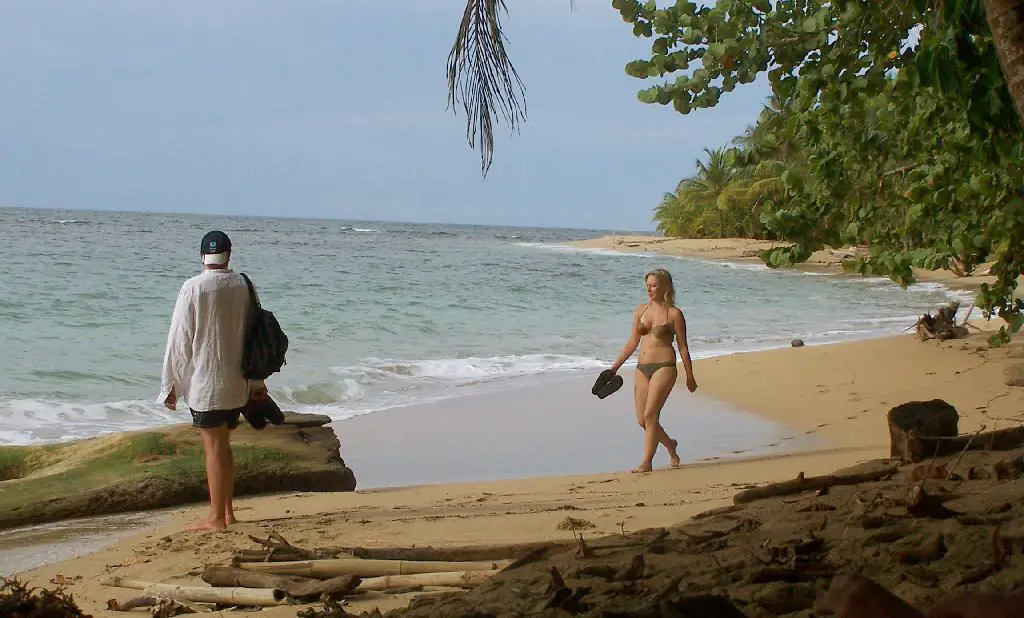Costa Rica maintains a position of outstanding growth and fiscal stability in Latin America, but faces structural vulnerabilities that limit its potential. This is reflected in the Country Risk Atlas 2025 by Allianz Research, a study that assesses country risk in 83 economies worldwide. This report is updated annually to provide a comparative snapshot of the political, economic, and structural risks of more than 80 countries.
In Costa Rica’s case, it is noteworthy that Costa Rica’s gross domestic product (GDP) grew 5.1% in 2023 and 4% in 2024, with a projected stabilization of around 3.5% in 2025. This dynamism comes from the export and tourism sectors, along with the influx of foreign direct investment (FDI) and strong performance in manufacturing and services.
Fiscal policy also receives recognition: thanks to reforms initiated in 2018 and culminating in an International Monetary Fund program concluded in 2024, the country managed to move from a primary structural deficit of 2.6% of GDP to a surplus of 1.8%, stabilizing public debt.
Inflation, which remained around 0% for two years, is expected to return to a range considered healthy of 2–2.5% between 2025 and 2026. This occurs in a context of monetary stability, albeit with external risks such as climate shocks or volatility in international commodity prices. However, it highlights several relevant issues that pose risks to investment.
Governance and Political Tensions in “Peaceful” Costa Rica
According to the Country Atlas 2025, Costa Rica stands out in the region for its institutional stability and the absence of serious internal or external conflicts, although it faces political tensions arising from economic management and the relationship between branches of government.
It emphasizes that the country maintains a solid democratic framework and a functioning rule of law, but warns of challenges in public management and public perception.
“Costa Rica remains one of the most stable democracies in Latin America, but political polarization and questions about state efficiency have increased pressure on its governance system.”
This means that, although institutions remain strong, there is a decline in trust in traditional parties and in the public apparatus’s ability to respond quickly to social and economic demands.
The document also highlights that the most significant political conflicts in Costa Rica revolve around the economy and the executive-legislative relationship. “Political tensions in Costa Rica are concentrated in fiscal debates and the relationship between the executive branch and the Legislative Assembly, which limits the government’s ability to implement profound reforms.”
Furthermore, it mentions that social protests, although less intense than in other countries in the region, tend to erupt when fiscal reforms, public spending adjustments, or changes in sensitive policies such as those related to energy and infrastructure are announced.
Infrastructure Lags
The Atlas highlights poor infrastructure as one of the main weaknesses. Thirty-seven percent of the country’s road network is in poor or very poor condition, affecting connectivity between regions and limiting the efficiency of international trade. Ports, airports, and rail corridors are operating at capacity limits, placing Costa Rica among the largest infrastructure gaps among OECD countries.
“Infrastructure remains one of the main constraints to growth, with congested roads, inefficient ports, and deficiencies in public transportation,” the document states.
The Atlas emphasizes that poor infrastructure increases logistics costs and affects the country’s integration into global supply chains. “Infrastructure deficiencies increase the costs of doing business and reduce international competitiveness.” In particular, ports and highways are identified as critical areas, hampering both the export of agricultural goods and the expansion of industrial and service sectors.
Although Costa Rica has announced modernization projects, Allianz Research notes that investment has not been sufficient or sustained over time. “Investment in infrastructure is low compared to the country’s needs and its regional peers.” This creates a vicious cycle: the lack of infrastructure reduces competitiveness, which in turn limits the state’s ability to generate more tax revenue for new projects.
The Allianz Research Country Risk Atlas 2025 dedicates a specific section to energy in Costa Rica, highlighting both its strengths and the structural risks the country faces.
Energy Challenges
The report recognizes that Costa Rica is a world leader in renewable energy, with an energy mix where more than 98% of its electricity comes from clean sources (hydroelectric, geothermal, wind, and solar). In the document’s words:
“Costa Rica benefits from one of the cleanest energy mixes in the world, which constitutes a competitive advantage in sustainability and attractiveness for investment.” This profile has allowed the country to position itself as an attractive destination for industries with commitments to decarbonization and climate neutrality.
The Atlas warns, however, that the country’s high dependence on hydroelectricity creates risks in the face of climate change. According to the text, “the country’s heavy dependence on hydroelectric energy exposes it to risks associated with climate variability and extreme events such as prolonged droughts.”
This means that, although the matrix is clean, it is not necessarily resilient to water stress scenarios that have already manifested in the region due to the impact of El Niño and other climate patterns.
The document also emphasizes that high electricity costs limit Costa Rica’s competitiveness compared to other countries in the region. “The relatively high cost of electricity constitutes a challenge for industrial competitiveness, particularly in energy-intensive sectors.”
This becomes an obstacle to attracting investment in advanced manufacturing or processes that require large amounts of electricity, despite the country’s clean electricity offering. The report concludes that Costa Rica needs to move toward greater diversification of sources and the incorporation of storage systems and smart grids.
Educational lag compared to the OECD
The report emphasizes that Costa Rica invests more in education than many developed countries, but the results do not correspond to that effort. It states: “Costa Rica spends 6.3% of GDP on education, well above the OECD average, but learning outcomes remain poor.” This reflects a paradox: the country allocates a high proportion of resources to the education system, but standardized tests lag behind international standards.
The Atlas warns that this weakness directly impacts the country’s ability to generate greater value in its economy. According to the document, “low educational attainment and the mismatch between skills and demand limit productivity growth and the ability to advance up the value chain.”
In other words, there is a disconnect between what students learn and the skills needed in strategic sectors such as technology, advanced manufacturing, and clean energy. The report also emphasizes educational inequality by region, which exacerbates problems of social cohesion. “Educational outcomes are uneven across regions, reinforcing income inequality and limiting social mobility.” This factor explains why, despite recent economic growth, the country has failed to sustainably reduce poverty or address high youth unemployment.
What is the Country Risk Atlas and what is it for?
The executive summary of the report explains that this study is the flagship publication of Allianz Research and Allianz Trade, designed to help companies and investors make informed decisions.
It assesses economic, political, business environment, and sustainability risks that impact companies’ ability to pay their debts in each country. The analysis is based on a proprietary rating model, updated quarterly with macroeconomic data, insolvency figures, and financing conditions.
The 2025 edition highlights that 48 countries improved their ratings last year, especially in Latin America, although many of these improvements are cyclical in nature. It also warns that global risks such as the trade war, inflation, and political uncertainty in developed markets persist.
– Advertisement –
Source link
TCRN STAFF



